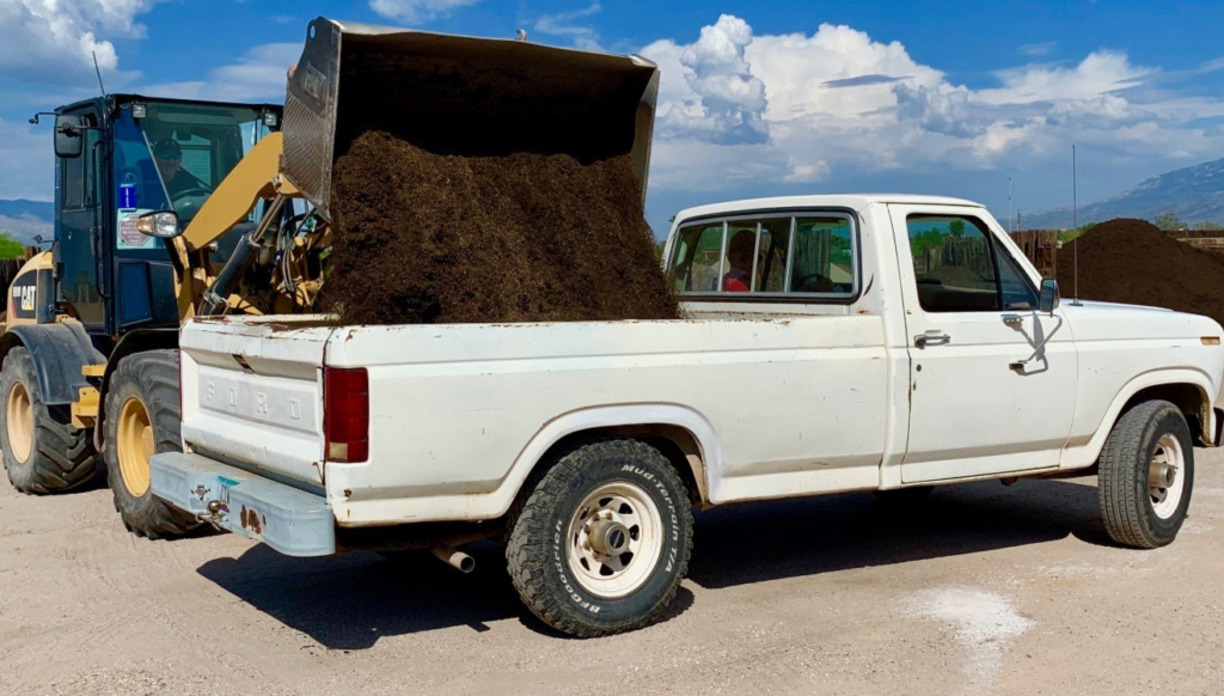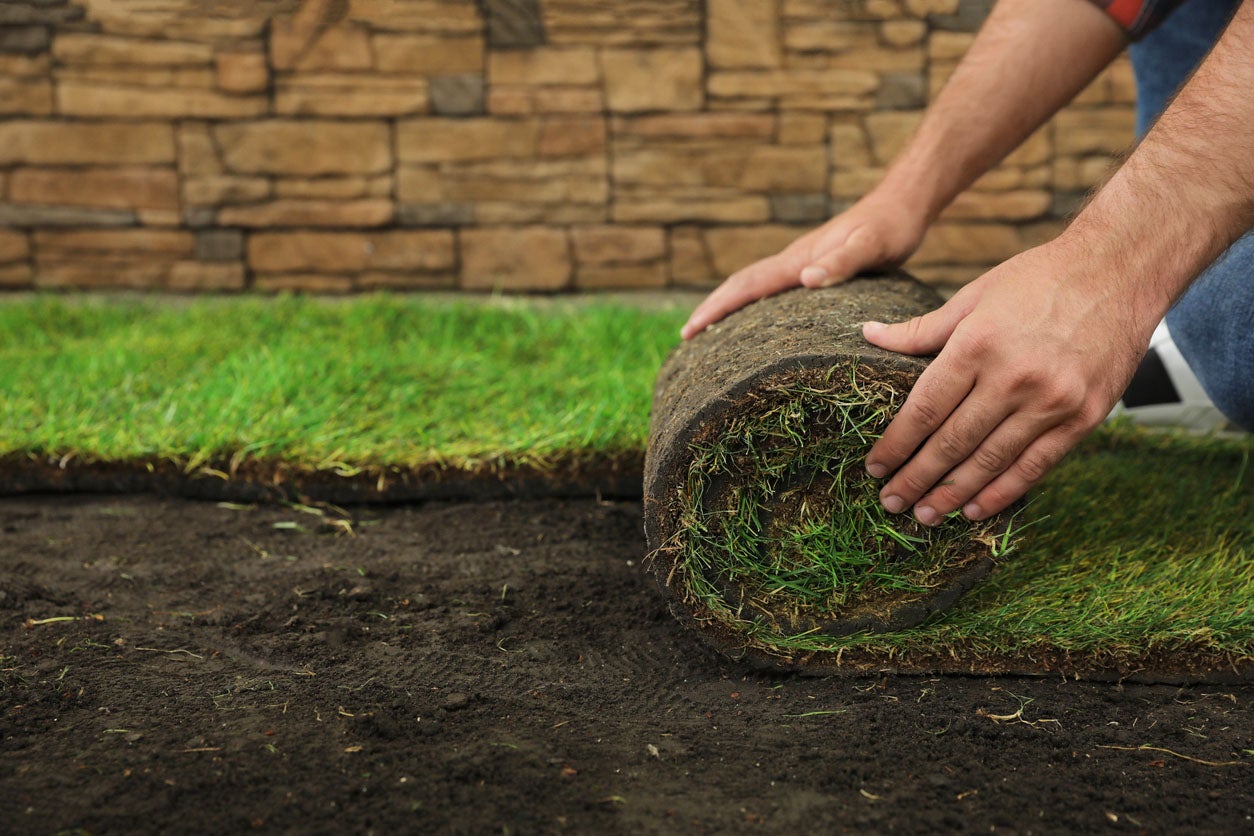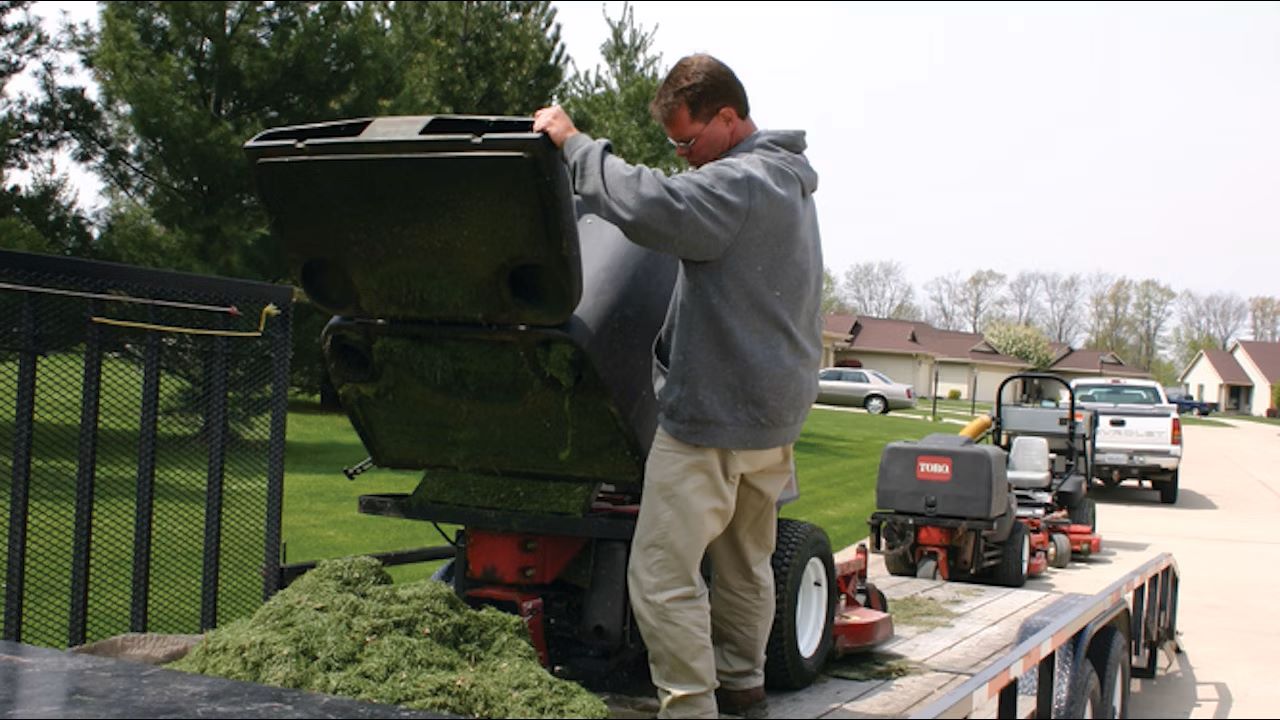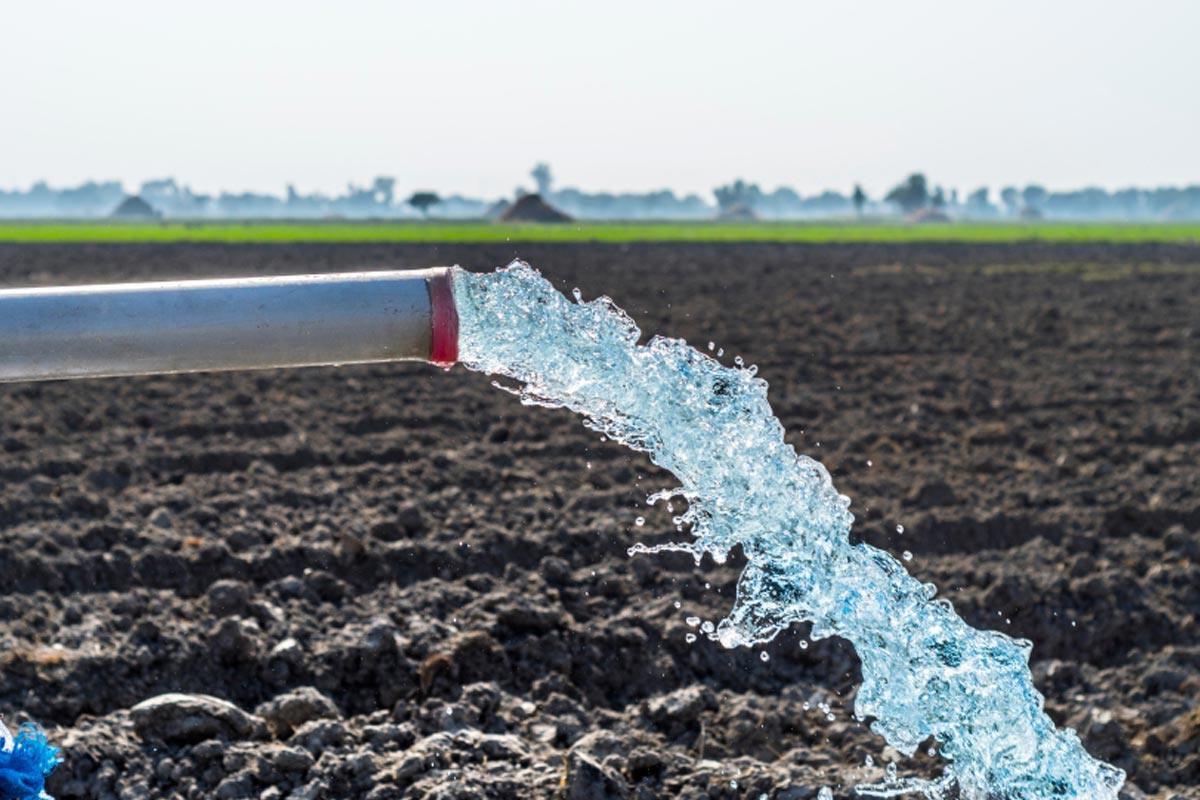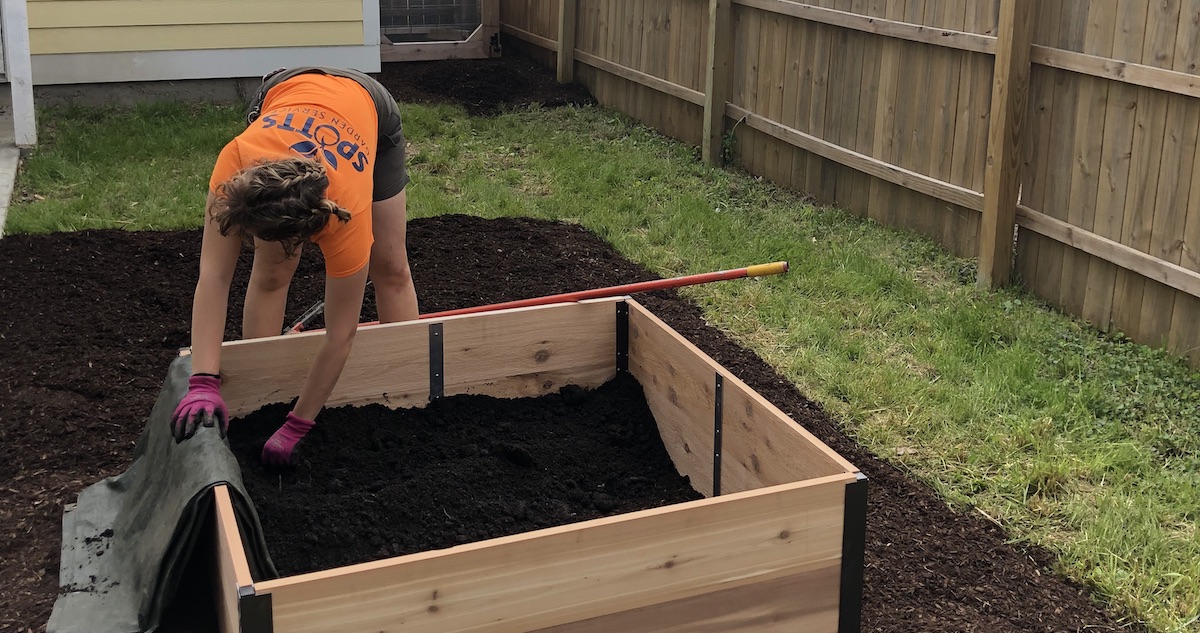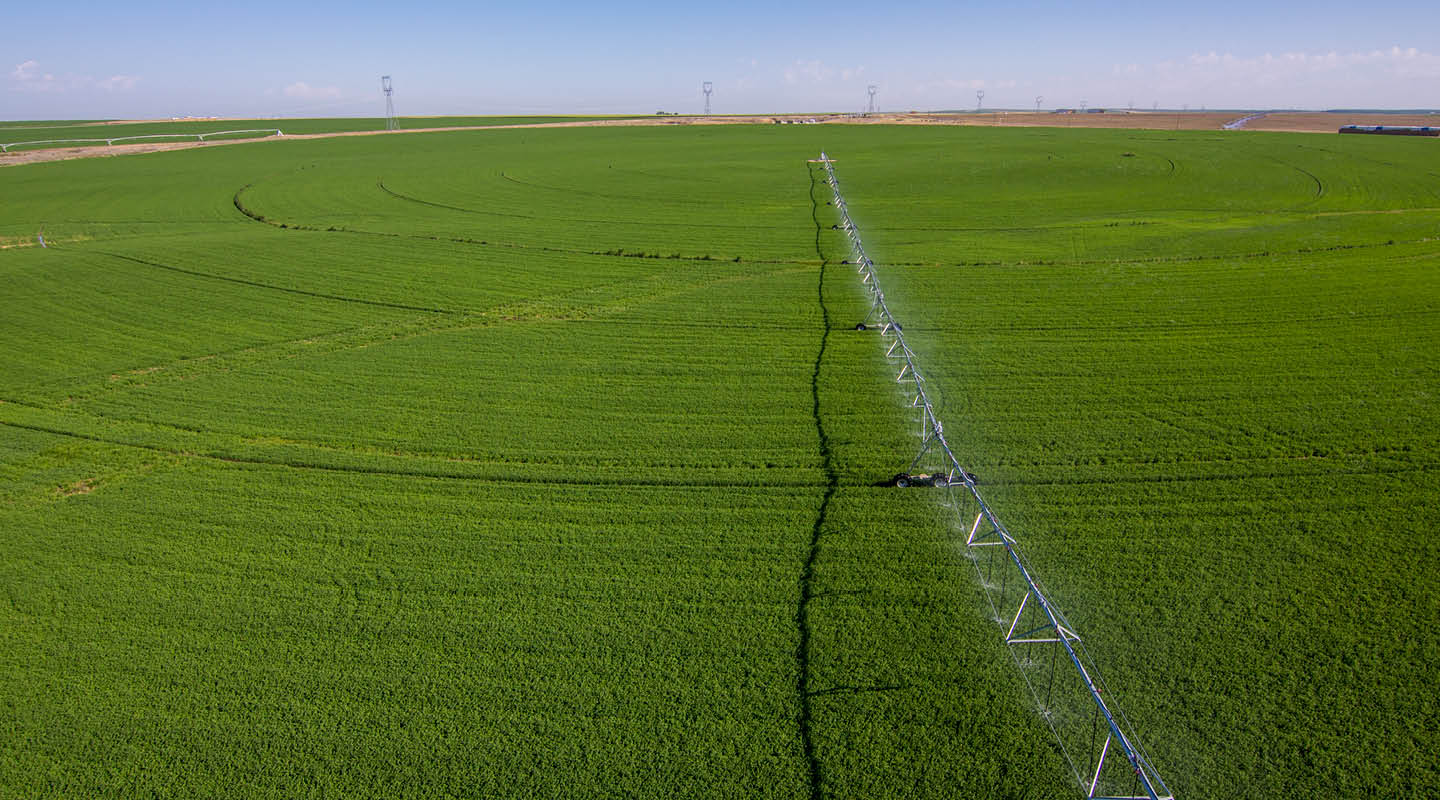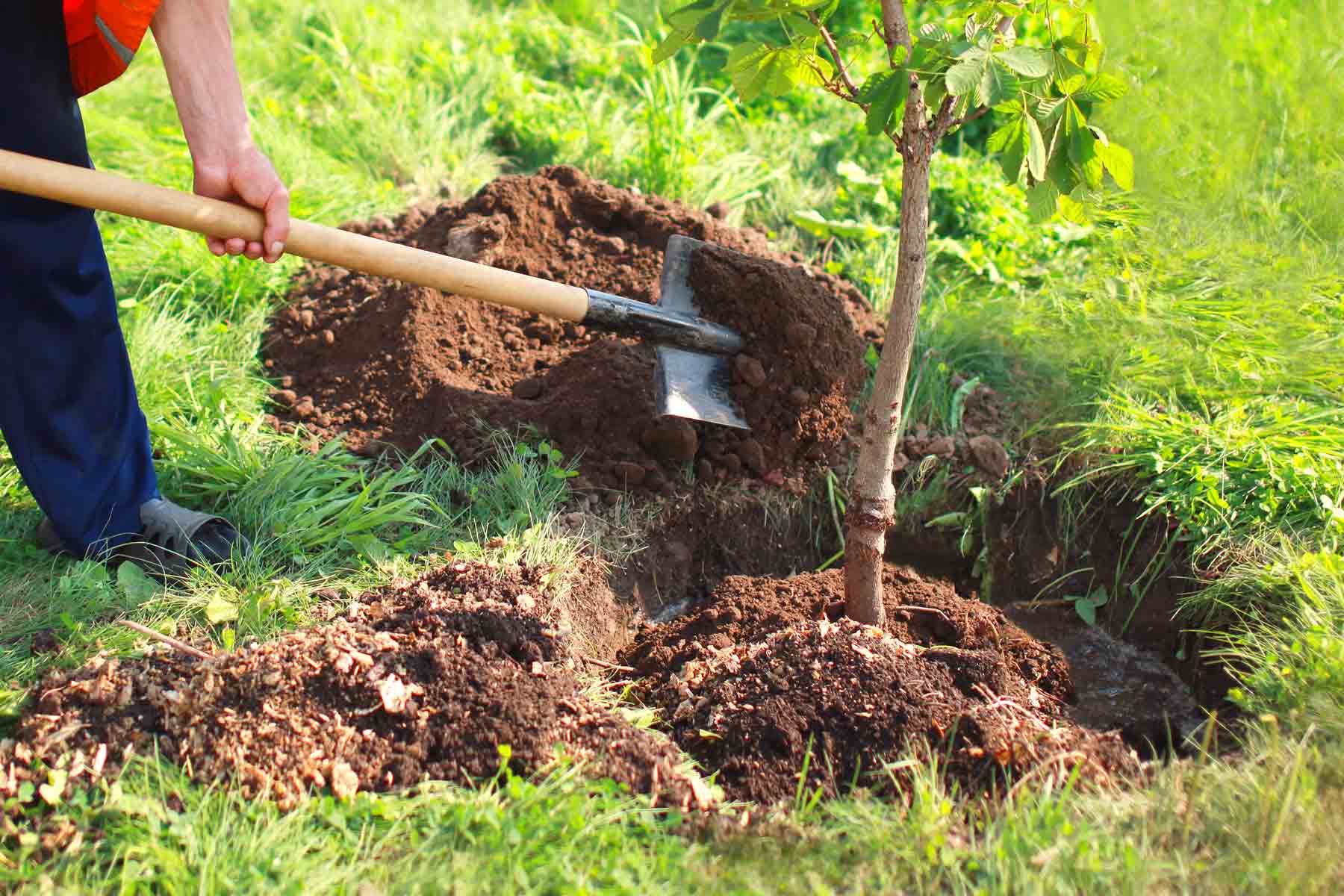Home>Gardening Basics>Understanding Soil>How Much Does Topsoil Settle


Understanding Soil
How Much Does Topsoil Settle
Modified: February 8, 2024
Discover how topsoil settles and learn about the importance of understanding soil for your gardening and landscaping needs.
(Many of the links in this article redirect to a specific reviewed product. Your purchase of these products through affiliate links helps to generate commission for Chicagolandgardening.com, at no extra cost. Learn more)
Table of Contents
Introduction
Welcome to our comprehensive guide on topsoil settling. If you’re a gardener, landscaper, or anyone involved in soil management, understanding how topsoil settles is crucial. Topsoil settling refers to the process by which the top layer of soil gradually becomes compacted and consolidated, often resulting in changes to the landscape’s shape and structure.
This natural occurrence can significantly impact the quality and health of soil, which in turn affects plant growth, drainage, and overall land usability. By studying the factors influencing soil settling and implementing prevention measures, we can optimize soil conditions for various applications, such as gardening, farming, and construction.
In this article, we will delve into the causes of topsoil settling, discuss its effects on land and vegetation, explore measurement techniques, and provide practical tips for preventing and managing soil settling. Whether you’re a novice gardener or a seasoned professional, we hope this guide will equip you with the knowledge to effectively deal with topsoil settling.
Throughout the article, we will highlight key points, offer insights, and offer practical advice based on scientific research and practical experience. So, let’s dive in and explore the fascinating world of topsoil settling and its impact.
Definition of Topsoil Settling
Topsoil settling refers to the natural process by which the upper layer of soil gradually becomes compacted and forms a more solid and dense mass. This settling occurs as a result of several factors, including the weight of overlying materials, natural forces like erosion, and the decomposition of organic matter within the soil.
During topsoil settling, the air pockets and void spaces in the soil become reduced, leading to increased soil density. As a consequence, the soil structure changes, and the ability of the soil to retain water, nutrients, and support plant growth can be compromised.
Topsoil settling can occur in various environments, including residential gardens, agricultural fields, and construction sites. It is most commonly observed in areas with loose or recently disturbed soil, such as newly constructed or graded plots of land.
This settling process is a natural occurrence, but it can be accelerated or intensified by human activities. Factors such as heavy machinery, excessive foot traffic, improper irrigation practices, and inadequate soil management can exacerbate the settling process and lead to more significant issues.
Understanding the process of topsoil settling is crucial for soil scientists, horticulturists, landscapers, and anyone involved in agriculture or land management. It allows them to better anticipate the changes that occur in soil structure and take appropriate measures to mitigate the negative effects of settling on plant growth and land use.
In the following sections, we will explore the various factors that contribute to topsoil settling and discuss its effects on land and vegetation. By gaining a deeper understanding of this process, we can implement strategies to prevent or manage topsoil settling effectively.
Factors Affecting Topsoil Settling
Several factors contribute to the process of topsoil settling. Understanding these factors is essential for effectively managing and preventing soil settling. Let’s explore some of the key factors that influence topsoil settling:
- Soil Type: Different soil types have varying degrees of susceptibility to settling. For example, sandy soils, which have larger particles and fewer binding agents, tend to settle more easily compared to clay soils, which have smaller particles and higher cohesion. Understanding the composition and characteristics of your soil can help determine its susceptibility to settling.
- Moisture Content: The moisture content of the soil plays a significant role in settling. Excessive water can cause the soil particles to separate and become more compact, leading to increased settling. On the other hand, overly dry soil can result in shrinkage and cracking, also contributing to settling. Maintaining proper soil moisture levels is crucial in preventing excessive settling.
- Organic Matter Decomposition: Organic matter, such as plant debris and roots, contributes to soil structure and stability. As organic matter decomposes, it can create voids within the soil, leading to settling. Additionally, the decomposition process can release gases that further contribute to soil compaction. Balancing organic matter levels and promoting healthy decomposition can help manage settling.
- Soil Disturbance: Any activities that disrupt the soil’s natural structure, such as construction, grading, or excessive tilling, can contribute to soil settling. These disturbances can displace soil particles and destroy the soil’s natural pore spaces, leading to greater settling. Minimizing unnecessary soil disturbances and implementing proper land management practices can help mitigate settling.
- Erosion and Drainage: Soil erosion, typically caused by water or wind, can remove the top layer of soil and contribute to settling. As the surface soil is eroded, the underlying layers become more susceptible to compaction. Poor drainage can also lead to excess water accumulation, further promoting settling. Implementing erosion control measures and improving drainage can help prevent settling.
- Gravity and Overburden: The weight of overlying materials, such as rocks, sediments, or structures, exerts pressure on the soil beneath. This pressure can compress and compact the soil, leading to settling. Understanding the load-bearing capacity of the soil and avoiding excessive weight accumulation can help reduce settling caused by gravity and overburden.
These are just a few of the many factors that can affect topsoil settling. It is important to assess and monitor these factors to effectively manage soil settling and maintain optimal soil conditions.
Measurement of Topsoil Settling
Accurately measuring and monitoring topsoil settling is crucial for assessing the extent of soil compaction and implementing appropriate mitigation strategies. There are several methods and techniques available to measure topsoil settling. Let’s explore some of the most commonly used approaches:
- Ground Penetrating Radar (GPR): GPR is a non-invasive technique that uses electromagnetic waves to create a subsurface image of the soil layers. By analyzing the GPR data, scientists and researchers can identify changes in soil density and detect settling areas.
- Field Measurements: Various field measurements can provide valuable insights into topsoil settling. One common method is using a penetrometer, a device that measures the resistance of the soil as it is penetrated. High resistance indicates compacted soil and settling. Other measurements, such as bulk density tests and infiltration rates, can also help determine the degree of soil compaction.
- Vertical Displacement Monitoring: This method involves establishing benchmark points on the ground and regularly monitoring their vertical displacement over time. Any significant changes in ground level can indicate settlement. This technique is commonly used in construction sites and areas prone to settlement.
- Soil Sampling and Laboratory Analysis: Taking soil samples from different depths and analyzing them in a laboratory can provide valuable information about soil density, particle size distribution, and compaction. These tests help quantify the degree of settling and identify any underlying soil issues that may contribute to settling.
- Aerial Imagery: Aerial imagery, such as satellite imagery or drone surveys, can help identify areas of topsoil settling over larger areas. Changes in land surface elevation can be detected and mapped, providing a visual representation of settling patterns.
It is important to note that the choice of measurement method depends on the specific needs and context of the project. Combining multiple measurements and techniques can provide a more comprehensive understanding of topsoil settling.
Regular monitoring of soil settling is crucial, as it allows for early detection of settling issues and prompt implementation of remedial measures. By closely monitoring the changes in soil density and structure, land managers and agricultural professionals can take proactive steps to mitigate the negative effects of settling and maintain healthy soil conditions.
Effects of Topsoil Settling on Land
Topsoil settling can have significant effects on land and its overall usability. Understanding these effects is crucial for implementing appropriate measures to mitigate the negative consequences. Let’s explore some of the common effects of topsoil settling:
- Reduced Soil Fertility: As topsoil settles, the compaction and reduction in pore spaces can limit the movement of water, air, and nutrients within the soil. This can hinder root development and nutrient uptake by plants, leading to reduced crop yields and poor plant health.
- Drainage Issues: Settled soil may have decreased permeability, causing water to accumulate on the surface or result in waterlogged conditions. Poor drainage can lead to root rot, nutrient leaching, and increased susceptibility to disease, ultimately affecting plant growth and survival.
- Erosion Risk: Settling can disrupt the natural contour of the land and remove the protective layer of topsoil, increasing the risk of erosion. Without adequate topsoil, the land is more prone to erosion by wind and water, leading to loss of valuable soil and nutrients.
- Uneven Surfaces: Topsoil settling can result in uneven surfaces, creating challenges for construction projects, landscaping, and irrigation systems. Uneven surfaces can also pose safety hazards, causing tripping or machinery damage.
- Compromised Soil Structure: Settled soil often experiences a loss of soil structure and aggregation. This can lead to increased soil compaction, reduced aeration, and restricted root penetration. As a result, plant growth is impeded, and the overall health of the ecosystem is compromised.
- Increased Runoff and Nutrient Loss: Settled soil has reduced water-holding capacity, causing rainfall or irrigation water to run off the surface instead of being absorbed. This runoff can carry away valuable nutrients, leading to nutrient depletion and pollution of water bodies.
The effects of topsoil settling can vary depending on factors such as soil type, moisture levels, and land management practices. It is essential to monitor land regularly for signs of settling and take preventive measures to mitigate these effects.
By implementing proper soil management techniques, such as incorporating organic matter, reducing soil compaction through aeration, and practicing erosion control measures, the negative impacts of topsoil settling can be minimized. Maintaining healthy soil conditions not only benefits plant growth but also promotes sustainable land use and protects the environment.
Methods to Prevent or Control Topsoil Settling
Preventing or controlling topsoil settling is crucial for maintaining healthy soil conditions and maximizing land productivity. By implementing effective strategies, we can minimize the negative impacts of settling on the landscape. Let’s explore some methods to prevent or control topsoil settling:
- Proper Soil Preparation: Adequate soil preparation is key to minimizing settling. Before planting or construction, it is essential to properly prepare the soil by removing rocks, debris, and compacted layers. This creates a stable foundation and reduces the chances of settling.
- Implementing Erosion Control Measures: Erosion can contribute to topsoil settling, especially during heavy rainfall or excessive water runoff. Implementing erosion control measures such as contouring, installing sediment barriers, and using erosion control blankets can help prevent soil erosion and reduce settling.
- Optimizing Water Management: Proper water management is essential in preventing settling. Avoid overwatering, as excessive moisture can lead to soil saturation and compaction. Implement irrigation systems that deliver water directly to the root zone, minimizing surface runoff and promoting deep root growth.
- Practicing Soil Conservation Techniques: Implementing soil conservation techniques, such as cover cropping, mulching, and crop rotation, can help promote healthy soil structure and reduce settling. These practices enhance organic matter content, improve soil aggregation, and increase the soil’s ability to resist compaction.
- Controlling Soil Compaction: Minimizing soil compaction is crucial in preventing settling. Avoid excessive traffic on the soil, especially when it is wet, as this can lead to compaction. Consider using equipment with low ground pressure or implementing controlled traffic farming techniques to minimize compaction.
- Adding Organic Matter: Organic matter plays a vital role in soil structure and stability. Adding compost, manure, or other organic amendments to the soil can improve its ability to resist settling. Organic matter also enhances water-holding capacity and nutrient availability, promoting healthy plant growth.
- Regular Soil Monitoring and Maintenance: Regularly monitor the soil for signs of settling and compacted areas. Implement remedial measures such as aeration, deep tilling, or mechanical loosening to alleviate compaction and promote better soil structure.
It is important to note that preventing or controlling topsoil settling requires a holistic approach that considers the specific conditions and needs of the land. Implementing a combination of these methods, tailored to the particular situation, will help maintain soil health, prevent settling, and ensure optimal land productivity.
Conclusion
Understanding topsoil settling and its implications is essential for anyone involved in soil management, agriculture, or land development. By recognizing the factors that contribute to settling and implementing preventive measures, we can maintain healthy soil conditions and maximize land productivity.
In this comprehensive guide, we have explored the definition of topsoil settling and examined the factors that influence its occurrence, such as soil type, moisture content, and organic matter decomposition. We have discussed various methods to measure and monitor topsoil settling, including ground-penetrating radar, field measurements, and vertical displacement monitoring. Additionally, we explored the effects of topsoil settling on land, including reduced soil fertility, drainage issues, erosion risk, and compromised soil structure.
To prevent or control topsoil settling, we have outlined several effective strategies, including proper soil preparation, erosion control measures, optimized water management, and soil conservation techniques. We have also emphasized the importance of regular soil monitoring and maintenance to mitigate settling and maintain healthy soil conditions.
By implementing these methods and practices, we can minimize the negative impacts of topsoil settling, preserve soil health, and contribute to sustainable land management practices. Understanding the dynamic nature of the soil and taking proactive steps to prevent and manage settling will not only benefit plant growth and land usability but also ensure the long-term health and productivity of our ecosystems.
So, whether you’re a gardener, landscaper, farmer, or land developer, we encourage you to incorporate these insights into your soil management practices. By prioritizing soil health and implementing preventive measures, we can create resilient and thriving landscapes for future generations to enjoy.
